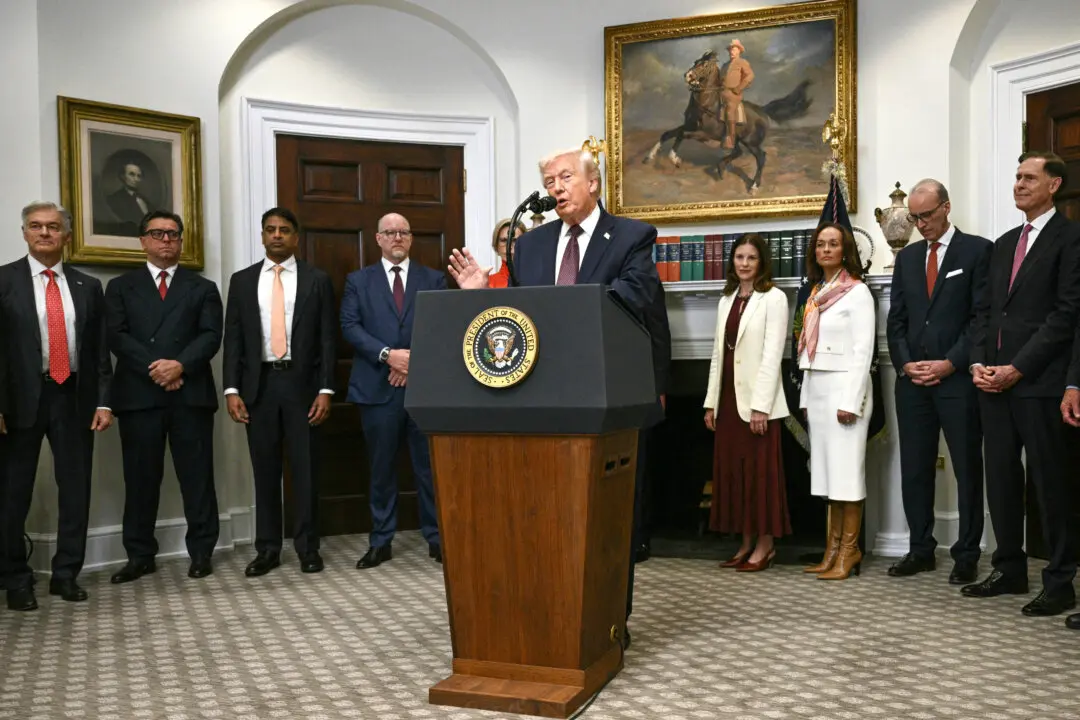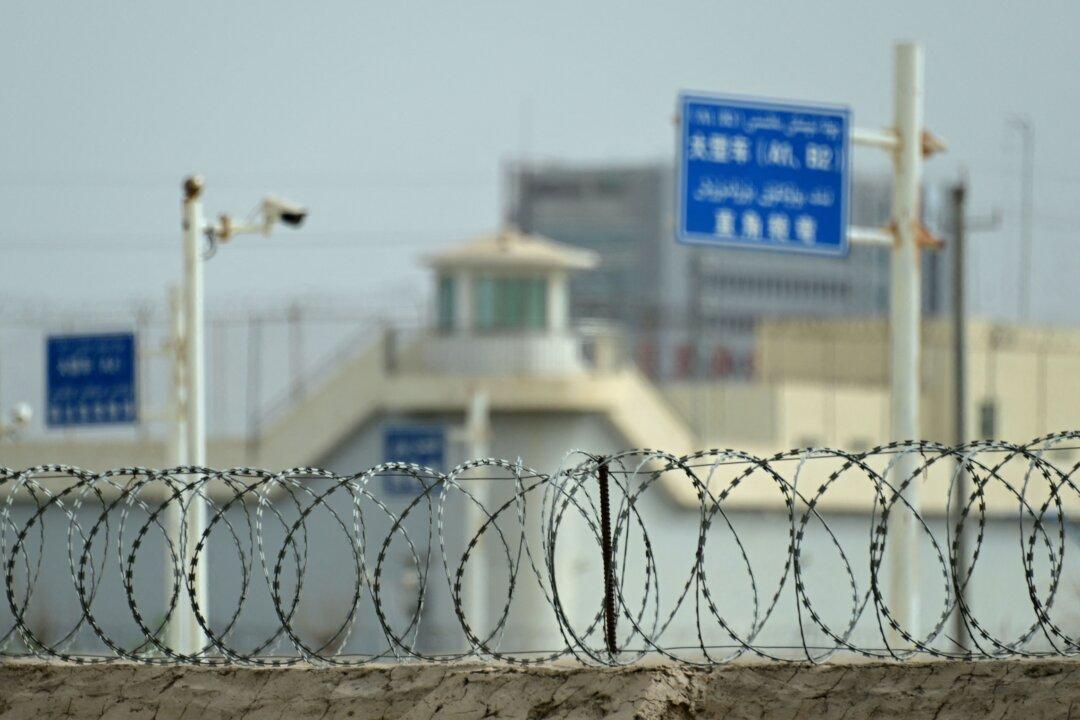The central bank of Laos has imposed a limit on selling foreign currencies as part of a group of measures designed to stabilize the kip, which has plunged to its lowest value in decades.
The new rules prohibit currency exchange bureaus from selling foreign currency to legal entities and international organizations, instead permitting only licensed commercial banks to do so, Vientiane Times reported.





